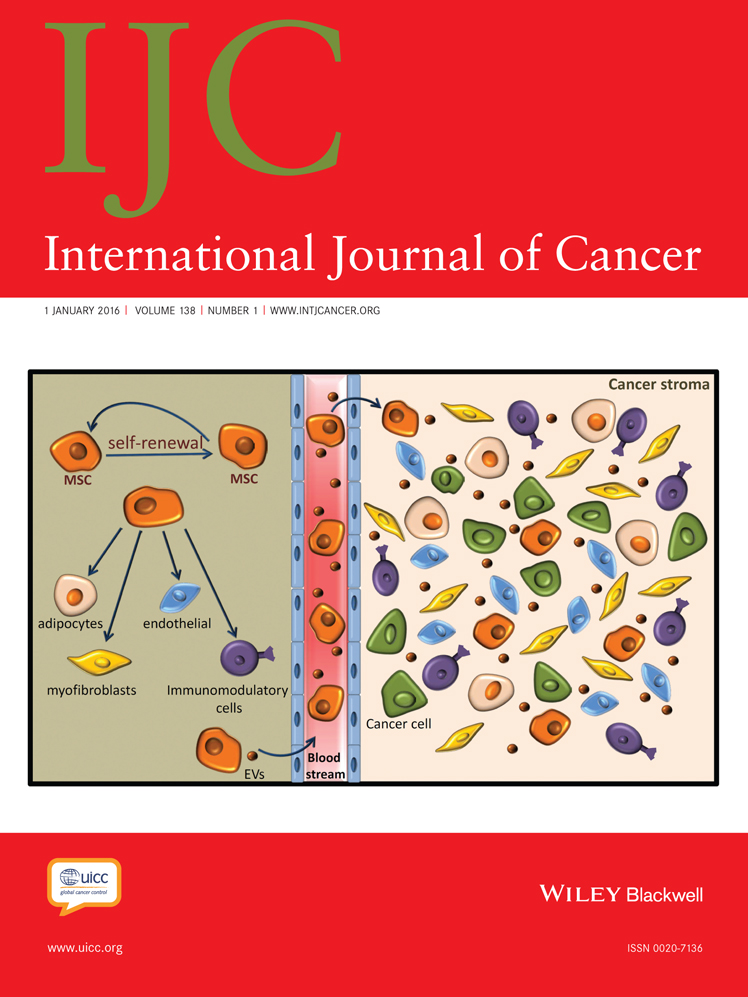Expression of proteins involved in DNA damage response in familial and sporadic breast cancer patients
Conflict of interest: Nothing to report
Abstract
Understanding the expression of proteins involved in DNA damage response could improve knowledge of the pathways that contribute to familial and sporadic breast cancer (BC). We aimed to assess the different roles of BRCA1, poly(ADP-ribose) polymerase-1 (PARP1), BRCT-repeat inhibitor of hTERT expression (BRIT1) and novel SWItch 5 (SWI5) expression in 130 sporadic and 73 familial BC samples, by immunohistochemistry. In the sporadic group, negative nuclear BRCA1 (nBRCA1) expression was associated with positive PgR (p = 0.037). Negative association was found between nBRCA1 expression and HER2 (p = 0.001). In the familial group, nBRCA1 expression was associated with ER (p = 0.002). Reduced nBRCA1 expression was associated with higher histological grade and positive Ki67 both in sporadic (p = 0.0010, p = 0.047) and familial groups (p < 0.001, p = 0.001). Nuclear PARP1 (nPARP1) expression was associated with histological grade (p = 0.035) and positive PgR (p = 0.047) in sporadic cases. High cytoplasmic and low nuclear BRIT1 (cBRIT1 and nBRIT1) expression were associated with high histological grade in the familial group (p = 0.013, p = 0.025). Various statistical associations between the protein expressions were observed in the sporadic group, while in familial group only few associations were found. Univariate analyses showed that nPARP1 expression is able to discriminate between sporadic and familial tumors (OR 2.80, p = 0.002). Multivariate analyses proved that its overexpression is an independent factor associated with a high risk of sporadic tumor (OR 2.96, p = 0.017). Our findings indicate that nPARP1 expression is an independent factor for sporadic BCs and PARP1 inhibitors could be a promising therapy for different phenotypes.
Abstract
What's new?
Genetic mutations that alter mechanisms of DNA repair and genomic maintenance potentially heighten individual susceptibility to cancer. In the present study, this relationship was examined in the context of familial and sporadic breast cancer. Nuclear expression of PARP1, a protein involved in DNA repair, was found to serve as an independent factor for sporadic breast cancer. Meanwhile, nBRCA1 expression was associated with aggressive tumor phenotypes, with potentially important roles in the pathogenesis of both familial and sporadic malignancy. The findings highlight the complexities of aberrant DNA repair in breast cancer and the therapeutic potential of PARP1 inhibition.




